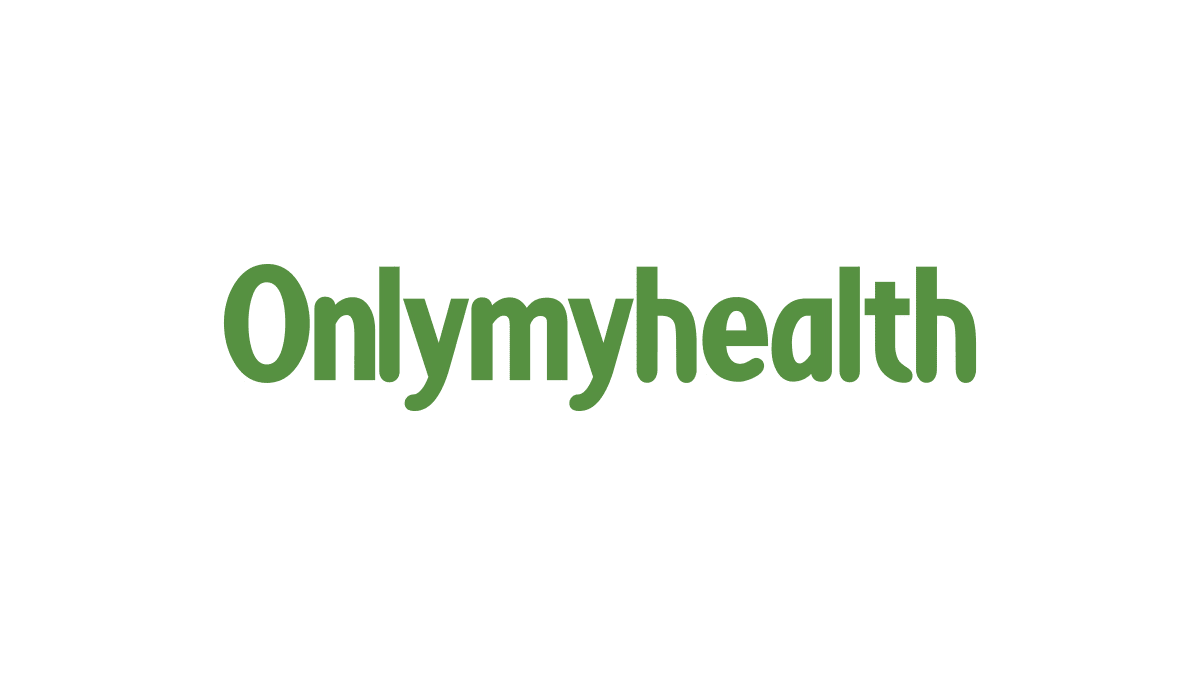
Symptoms, which vary greatly among patients and usually develop during childhood, may include slow writhing, distorting muscle contractions of the limbs, face, or trunk, choreoathetosis (involuntary, purposeless jerky muscle movements), muscle rigidity (uncontrolled tightness of the muscles), spasticity (sudden, involuntary muscle spasms), ataxia (inability to coordinate movements), confusion, disorientation, seizures, stupor, and dementia. Other less common symptoms may include painful muscle spasms, dysphasia (difficulty speaking), mental retardation, facial grimacing, dysarthria (poorly articulated speech), and visual impairment.
Read Next
What is Leigh’s Disease?
How we keep this article up to date:
We work with experts and keep a close eye on the latest in health and wellness. Whenever there is a new research or helpful information, we update our articles with accurate and useful advice.
Current Version